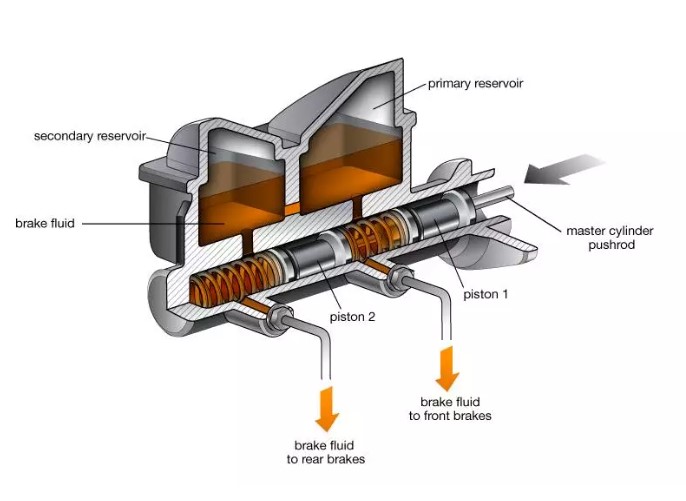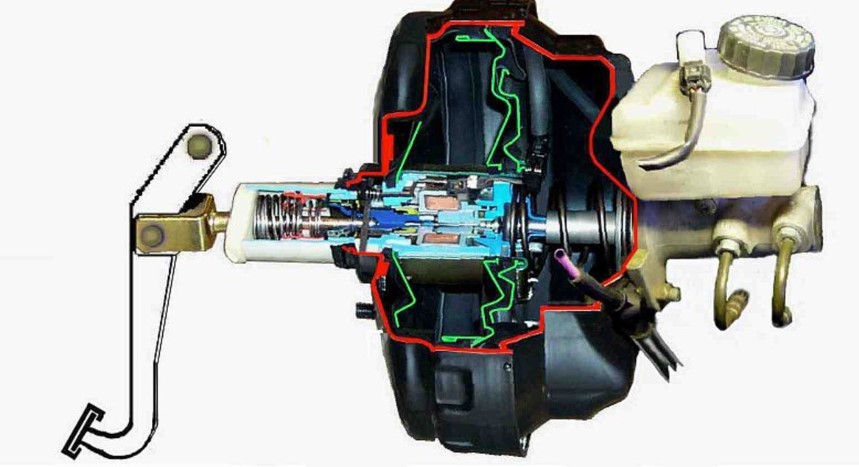A vehicle’s brake master cylinder plays a pivotal role in its braking system, transforming the pressure from the brake pedal into hydraulic power that activates the brake calipers. Should this component malfunction, it poses a significant risk as it impairs the vehicle’s braking capability.
Indicators of a Malfunctioning Brake Master Cylinder
Several symptoms may suggest a problem with the brake master cylinder, including:
- A brake pedal that feels unusually soft or spongy
- A brake pedal that depresses completely to the floor
- Weak or unresponsive braking
- Unusual noises, such as squealing or screeching from the brakes
Spotting any of these symptoms warrants an immediate inspection by a professional mechanic.
💥See also: How the CNC Brake Master Cylinder Works
Self-Diagnostic Tests for Assessing Brake Master Cylinder Health

Conducting the Pedal Test
This quick and straightforward test involves pressing the brake pedal firmly while the car is stationary. A spongy or soft pedal often indicates a malfunctioning master cylinder.
Performing the Vacuum Test
This test requires a vacuum pump and a pressure gauge. After disconnecting the brake line from the master cylinder, attach the vacuum pump. A healthy system should maintain a vacuum of at least 20 in. Hg. A drop below this threshold suggests a potential issue.
Executing the Pressure Test
Similar to the vacuum test, this requires a pressure gauge connected to the brake line. Upon pressing the brake pedal, a properly functioning master cylinder should exhibit a pressure of at least 1,000 psi. A lower reading may indicate a problem.
The Leak Test
Inspect the master cylinder for any signs of leakage. Any detected leaks are a clear indication of a faulty master cylinder.
Visual Inspection for Damage
Examine the master cylinder for any visible signs of damage, such as cracks or dents. Any such damage is a red flag.
If these tests suggest a defective brake master cylinder, prompt replacement is crucial to avoid compromised braking ability.
Tips for Replacing the Brake Master Cylinder
- Always replace the entire set of components to ensure comprehensive repair.
- Opt for high-quality replacement parts to guarantee longevity and reliability.
- Seek the expertise of a qualified mechanic for proper installation.
Replacing the brake master cylinder, though relatively straightforward, is vital for maintaining the safety and efficiency of your vehicle’s braking system.
